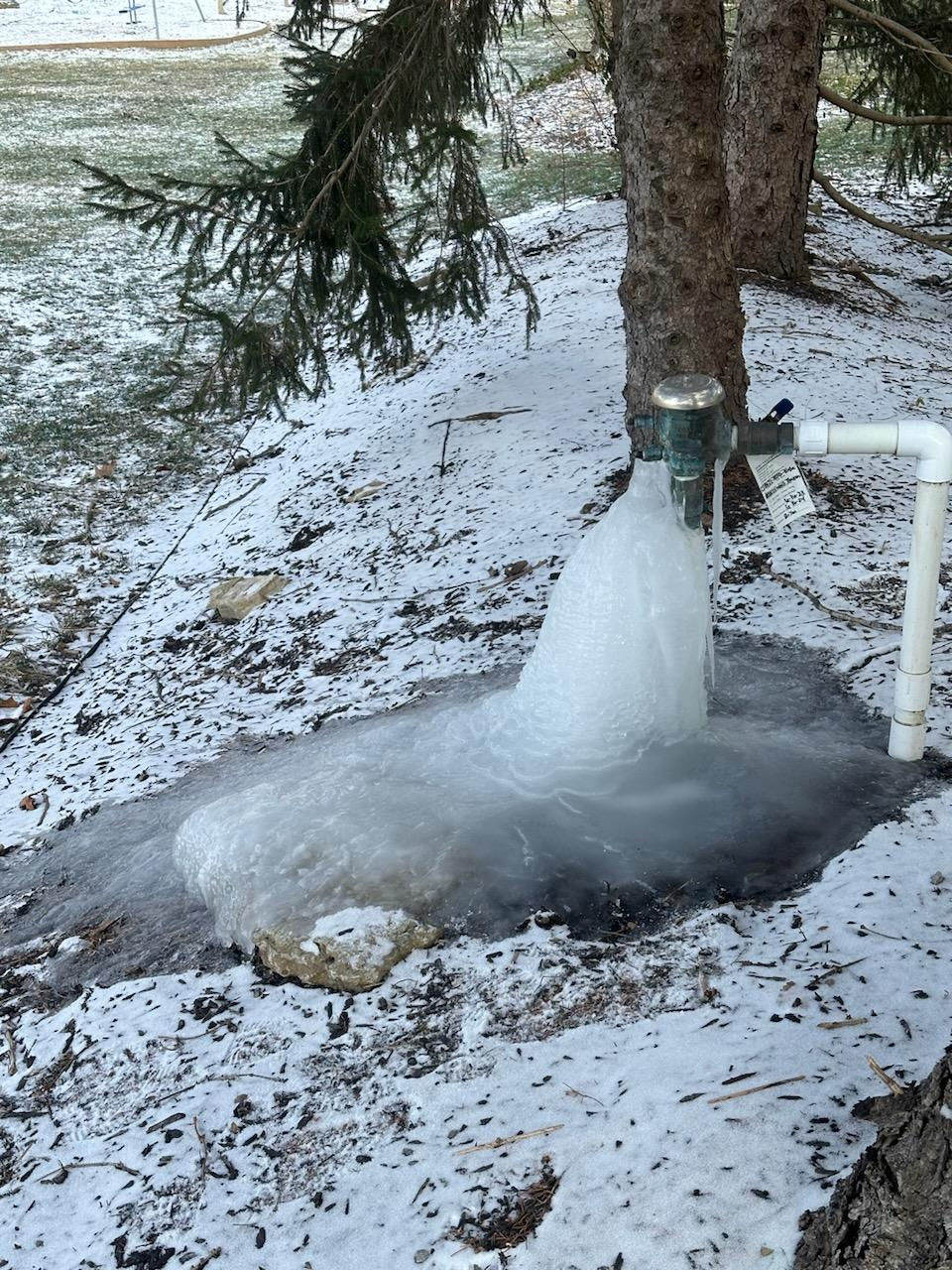Uncovering the Dangers: The Hidden Risks of Neglecting Backflow Testing
- service28796
- Apr 9
- 3 min read

Understanding Backflow
Backflow is when water in a plumbing system flows in the opposite direction, which can let contaminants enter the public water supply. There are two main causes of backflow: backpressure and backsiphonage. Backpressure occurs when pressure in a system rises, forcing contaminated water back into the drinking supply. For example, this can happen in a large building's plumbing system when water is heated. Backsiphonage occurs when there is a sudden drop in pressure, creating a vacuum that pulls water—and any contaminants—into the system. This can happen during a water main break or excessive water withdrawal.
Backflow risks mainly affect residential properties but are especially concerning in industrial settings, where chemicals or hazardous materials are present. In fact, industries like agriculture and manufacturing are significant contributors to water contamination issues.
Why Backflow Testing is Essential
Backflow testing is vital for ensuring the safety and purity of drinking water. According to the Centers for Disease Control and Prevention (CDC), approximately 15% of waterborne disease outbreaks in the U.S. can be traced back to contaminated water systems. Many of these cases result from a lack of proper backflow prevention.
Local regulations often require periodic backflow testing to ensure compliance and safety. In community settings, just one contaminated connection can impact an entire neighborhood, making regular testing even more critical.
The Risks of Neglecting Backflow Testing
Health Risks
Neglecting backflow testing can lead to serious health issues. Contaminated water can introduce harmful bacteria, viruses, and chemicals into the supply. A report from the CDC indicates that over 500,000 people annually suffer from gastrointestinal illnesses caused by waterborne contaminants. Exposure to tainted water can cause symptoms ranging from diarrhea to severe respiratory issues.
Environmental Impact
The environmental consequences of neglecting backflow testing extend beyond human health. Contaminants from both residential and industrial sources can seep into local waterways, harming aquatic ecosystems. For instance, the Environmental Protection Agency (EPA) estimates that agricultural runoff, often tainted by pesticides and fertilizers, leads to nutrient pollution in about 70% of U.S. rivers, creating deadly algae blooms that endanger wildlife.
Financial Consequences
While some view backflow testing as an unnecessary expense, the costs of neglecting it can be staggering. A contaminated water supply can trigger lawsuits, cleanup costs, and increased water treatment expenses for municipalities. For homeowners, fines and legal troubles can arise from being linked to water contamination. Municipalities might spend thousands on cleanup efforts. In some cases, fines for water quality violations can exceed $20,000 per day.
Preventative Measures for Backflow Issues
Regular Testing
One of the most effective ways to reduce backflow hazards is to schedule regular testing with a certified professional. These checks ensure that your backflow prevention devices function correctly and comply with local safety standards. Aim to have these checks done at least once a year or more often if you live in a high-risk area.
Taking Action Now
Neglecting backflow testing can lead to severe health issues and substantial environmental damage. Regular testing and the installation of prevention devices are essential to protecting our water supply from contaminants. Awareness and education on the risks and preventive measures can make a vast difference. By taking proactive steps, you can ensure your family's safety and contribute to the health of your community. Don't underestimate the importance of backflow testing; it is a straightforward way to avoid dangers lurking in your plumbing system. Call Sprinklers Plus today to schedule your backflow testing at 812-858-1325 or email us at office@sprinklersplus.us




Comments